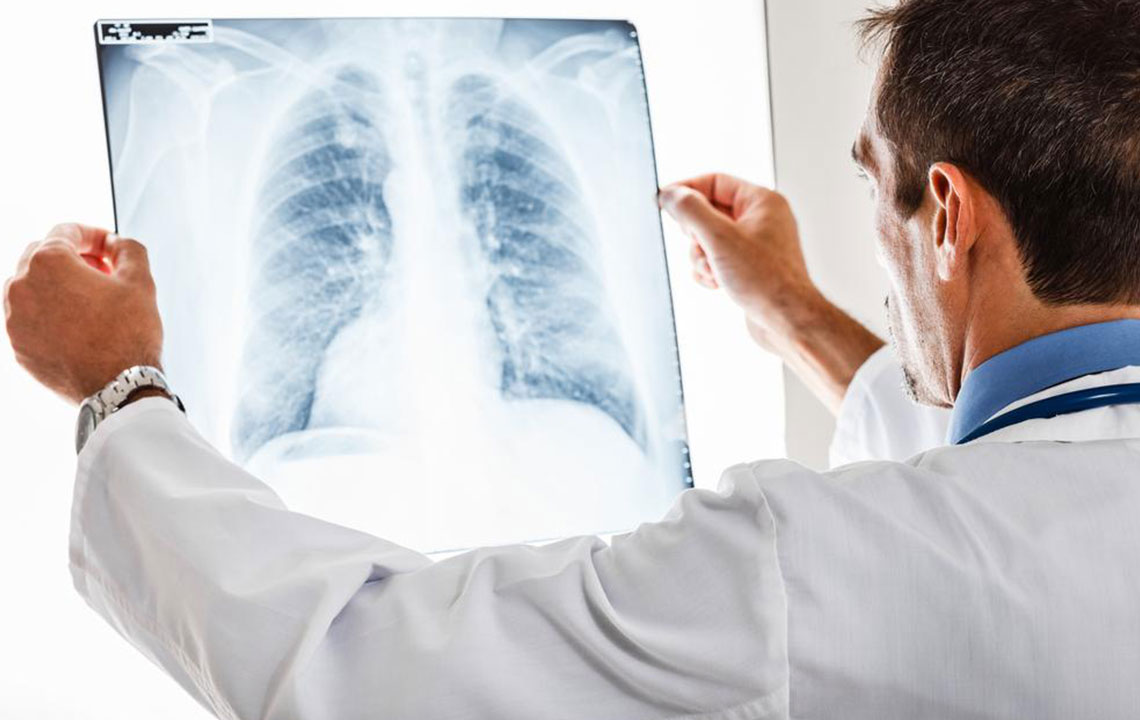Recognizing the Key Signs of Pulmonary Embolism
This article highlights the key symptoms and risk factors of pulmonary embolism, emphasizing the importance of early detection. Recognizing signs like chest pain, shortness of breath, and irregular heartbeat can aid in prompt medical intervention. Understanding the condition’s causes and complications helps prevent serious health issues. Regular checkups and awareness are crucial, especially for those with risk factors such as obesity, surgery, or family history. Seek immediate medical attention if you experience any symptoms to avoid life-threatening outcomes.

Recognizing the Key Signs of Pulmonary Embolism
What is pulmonary embolism?
Pulmonary embolism occurs when blood clots obstruct the arteries in the lungs. These clots often originate in the legs and travel to the lungs, causing blockages. In some cases, clots from other parts of the body lead to embolism, known as deep vein thrombosis. Such blockages impair lung function by restricting blood flow, leading to decreased oxygen levels in the blood. This condition can severely affect overall health and requires prompt medical attention.
Vigilance for symptoms and regular checkups are essential to prevent fatal outcomes related to blood clots. Larger or multiple clots pose serious risks. It’s crucial not to ignore symptoms or delay diagnosis, as timely treatment can save lives. Awareness of pulmonary embolism symptoms aids early detection and management. Understanding risk factors like cancer, fractures, obesity, inactive lifestyles, and hormone therapies helps identify vulnerable individuals. If you experience symptoms such as chest pain, shortness of breath, or irregular heartbeat, consult a healthcare professional immediately.
Symptoms vary based on clot size and location, but key signs include cough with blood, chest pain mimicking a heart attack, irregular heartbeats, sudden difficulty breathing, and restlessness. Additional symptoms may involve leg swelling, skin discoloration, fever, excessive sweating, shock indicators, anxiety, and rapid breathing. Because symptoms often resemble asthma, pneumonia, or cardiac issues, timely medical assessment is vital. Undiagnosed pulmonary embolism can lead to severe complications like pulmonary hypertension, putting extreme pressure on the heart. Early diagnosis and treatment are essential to prevent life-threatening outcomes.










